
Red Spots On Face: Meaning, Causes, Treatment
Introduction
Our faces often speak volumes without words, but at times, they express something unexpected. They might have red spots that take away from their natural beauty. Figuring out why these spots appear, what they look like, and how to get rid of red spots on the skin is important to bring back healthy, confident skin.
What are red spots on face?
Red spots on the face appear as little, localised discolorations or raised lumps that vary in size and shape. They might be flat or slightly raised and show on the skin as red, pink, or purple spots.
Symptoms of red spots on face skin
The symptoms of flat red spots on skin can vary based on the underlying cause. However, there are some common characteristics and associated symptoms:
Inflammation
Red spots often accompany inflammation. The affected areas may appear swollen, tender, or warm to the touch due to increased blood flow to the region.
Itching or irritation
Many individuals with red spots on their faces may experience itching or a sensation of irritation. This can vary from mild discomfort to persistent itching, causing significant distress.
Sensitivity
The affected areas might be more sensitive than the surrounding skin. This sensitivity can manifest as increased discomfort when touched or in contact with certain substances.
Leading causes of red spots on face skin
Red spots on the face can emerge due to various factors, each contributing to distinct conditions that manifest as redness, discoloration, or raised areas on the skin. The leading causes of red spots on skin include:
Acne
Two of the most common causes of acne are inflammation and hair follicle blockage. As these follicles get clogged with oil, dead skin cells, or bacteria, pimples and cysts form on the face. Acne-related inflammation can result in red patches or blemishes.
Allergic reactions
Food, cosmetics, skincare products, or environmental factors that trigger allergies can cause the skin to react, resulting in redness, rashes, or hives on the face. These responses can occur immediately after allergen contact and range from moderate redness to more severe and extensive red patches.
Skin irritation
Irritation from numerous sources, such as harsh chemicals in skincare products, excessive sun exposure, or abrasive face treatments, can produce redness and facial inflammation. Contact dermatitis, red patches, or a rash where the irritant has come into touch with the skin can develop from sensitivities to particular components in cosmetics or skincare items.
How to remove red spots on face skin?
Red spots on the face can be quite bothersome, affecting not just the physical appearance but also causing discomfort. While they can arise from various factors, combining gentle skin care practices and specific treatments can help manage and reduce these spots.
Wondering, ‘How to remove red spots on skin?’ Here's an in-depth exploration of the methods to address and diminish red spots on the face skin effectively:
Importance of using mild soap
Cleansing the face is a fundamental step in any skincare routine. A mild soap is crucial, especially when dealing with red spots on face. Mild soaps are formulated to cleanse without stripping the skin of natural oils or causing irritation. They are free from harsh chemicals or fragrances that might exacerbate red spots. These soaps help maintain the skin barrier, ensuring it remains healthy and resilient against external aggressors that might trigger redness or inflammation.
Choosing the right mild cleanser
Look for soaps or face washes labelled as hypoallergenic or non-comedogenic like the Clearing & Calming Acne Face Wash. These are less likely to cause allergic reactions or clog pores, which can contribute to red spots. Opt for products with a balanced pH that aligns with the skin's natural acidity. This helps prevent disruption to the skin's balance and minimises redness.
Proper cleansing technique
While using the Clearing & Calming Acne Face Wash, ensure a gentle application. Avoid vigorous rubbing, which can aggravate red spots or worsen skin conditions. Rinse the face thoroughly to remove all residue.
The role of moisturisation
Moisturising is a critical step in managing tiny red spots on skin. The right moisturiser can help in various ways:
1. Restoring skin hydration
The Acne Care & Healing Gel Moisturiser with Tea Tree & Cica acts as a barrier, preventing moisture loss and protecting the skin against external factors that might trigger redness. Properly moisturised skin is less prone to dryness, which can exacerbate red spots.
2. Consistent application
Apply the Acne Care & Healing Gel Moisturiser with Tea Tree & Cica consistently, especially after cleansing and before applying any treatments. This aids in maintaining skin health and reducing redness.
Also read: What is a Moisturizer & How to Moisturize Skin?
Complementary ways
While the use of a mild soap and moisturising plays a pivotal role in managing red spots, additional factors can aid in their reduction:
1. Avoiding triggers
Identifying and avoiding triggers that exacerbate red spots is crucial. This might include specific foods, cosmetics, sun exposure, or harsh product chemicals. Taking preventive measures can significantly reduce the appearance of small red spots on skin.
2. Consultation with a dermatologist
Seeking professional advice from a dermatologist is highly recommended. They can assess the skin condition, identify the root cause of red spots, and offer personalised treatment plans, which may include prescription medications or procedures to address the condition effectively.
In conclusion
The appearance of red spots on the face can be concerning but they are often manageable with the right approach. With gentle care, appropriate skincare, and professional guidance, one can effectively tackle and reduce these red spots, unveiling the skin's natural radiance.





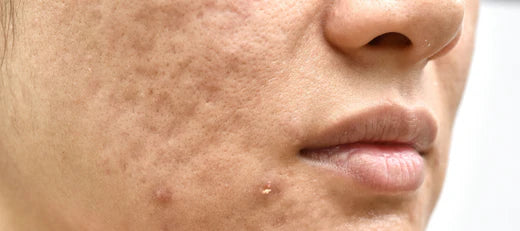

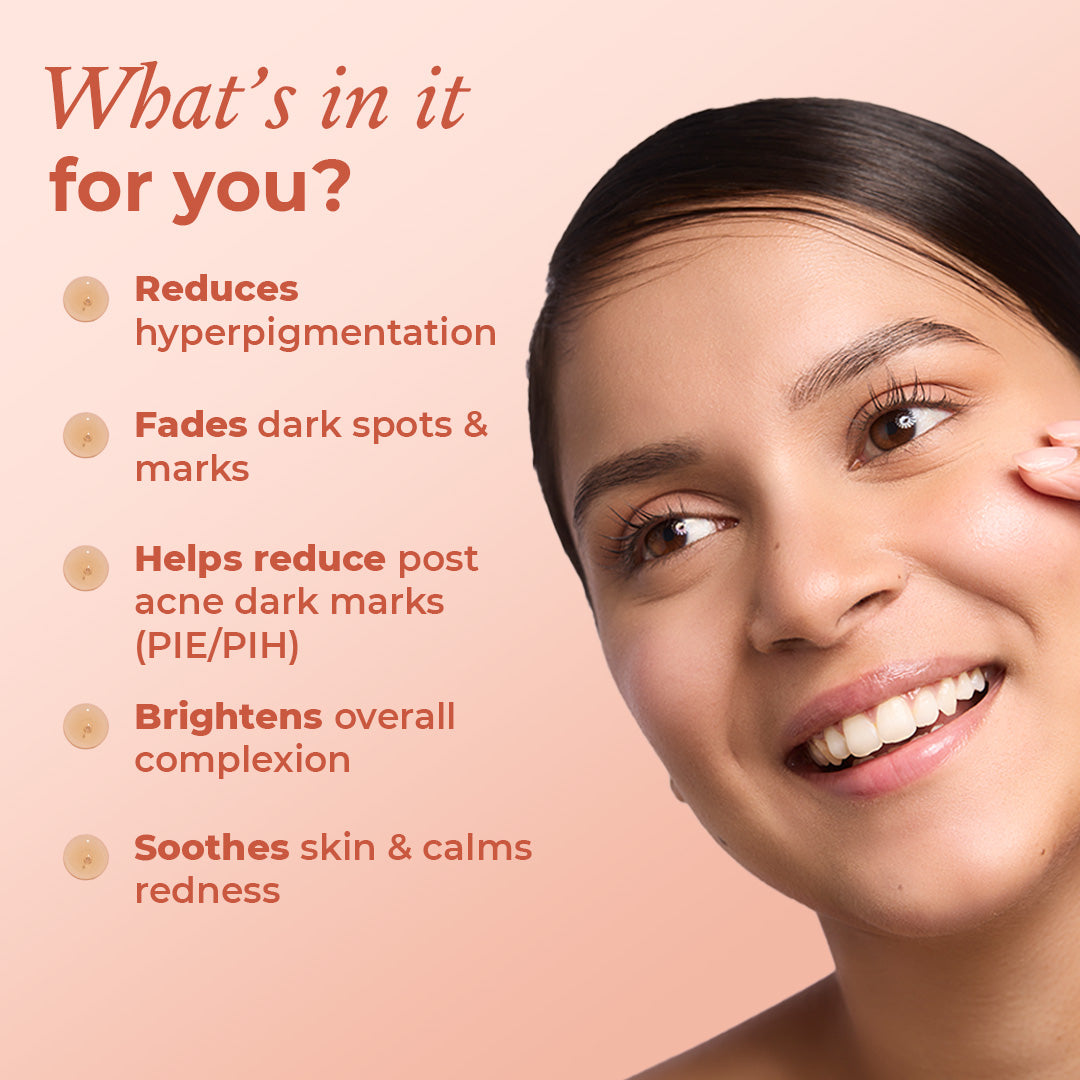

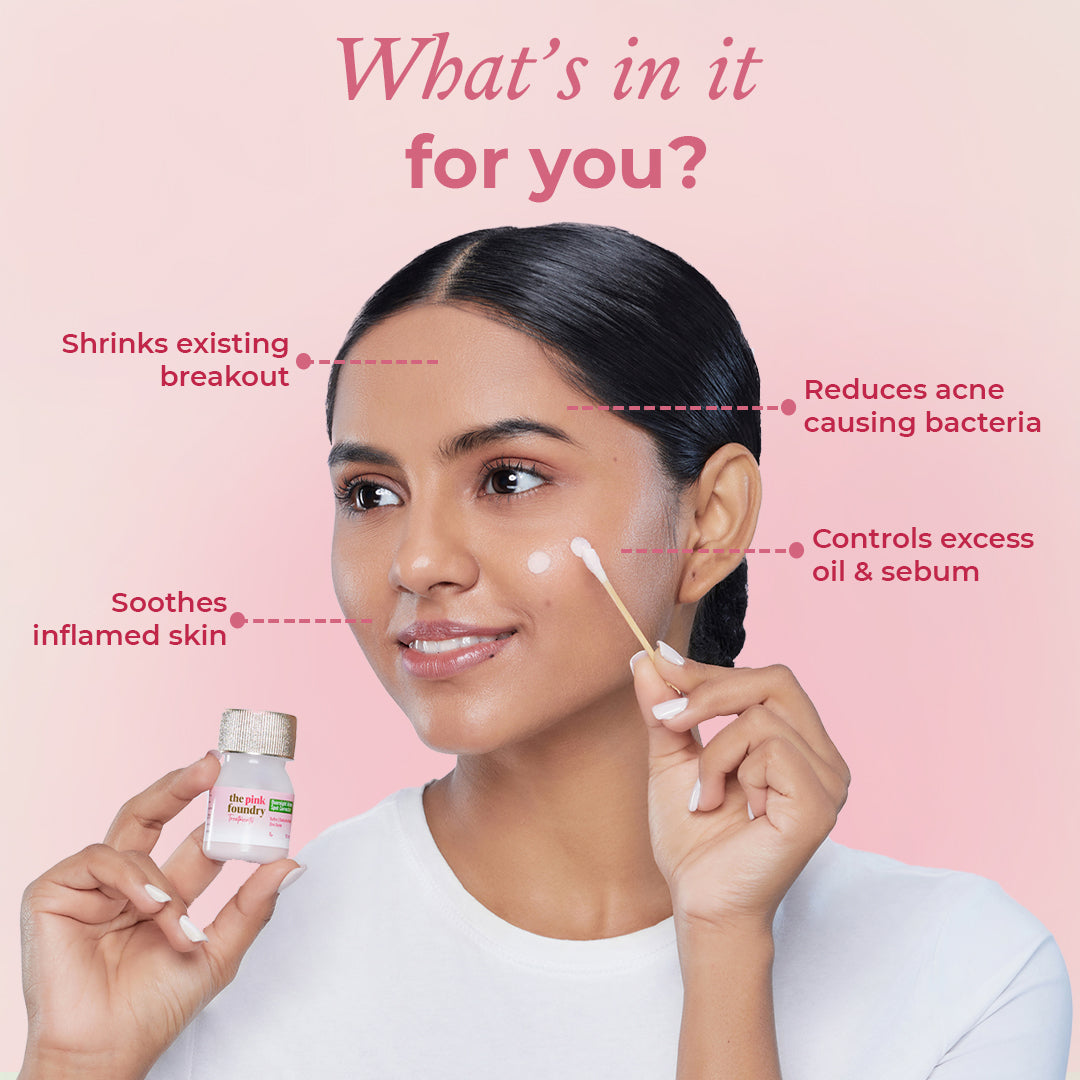
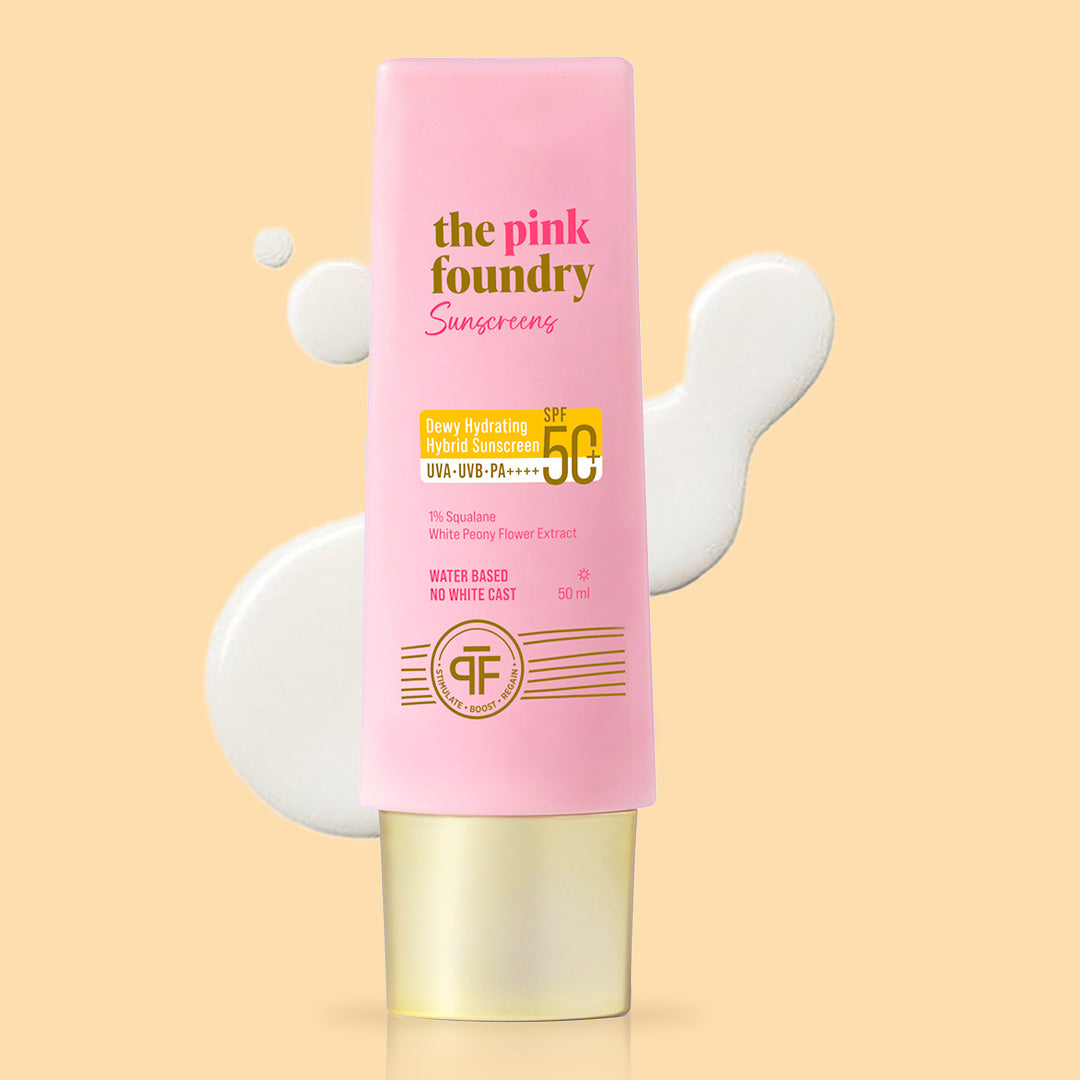
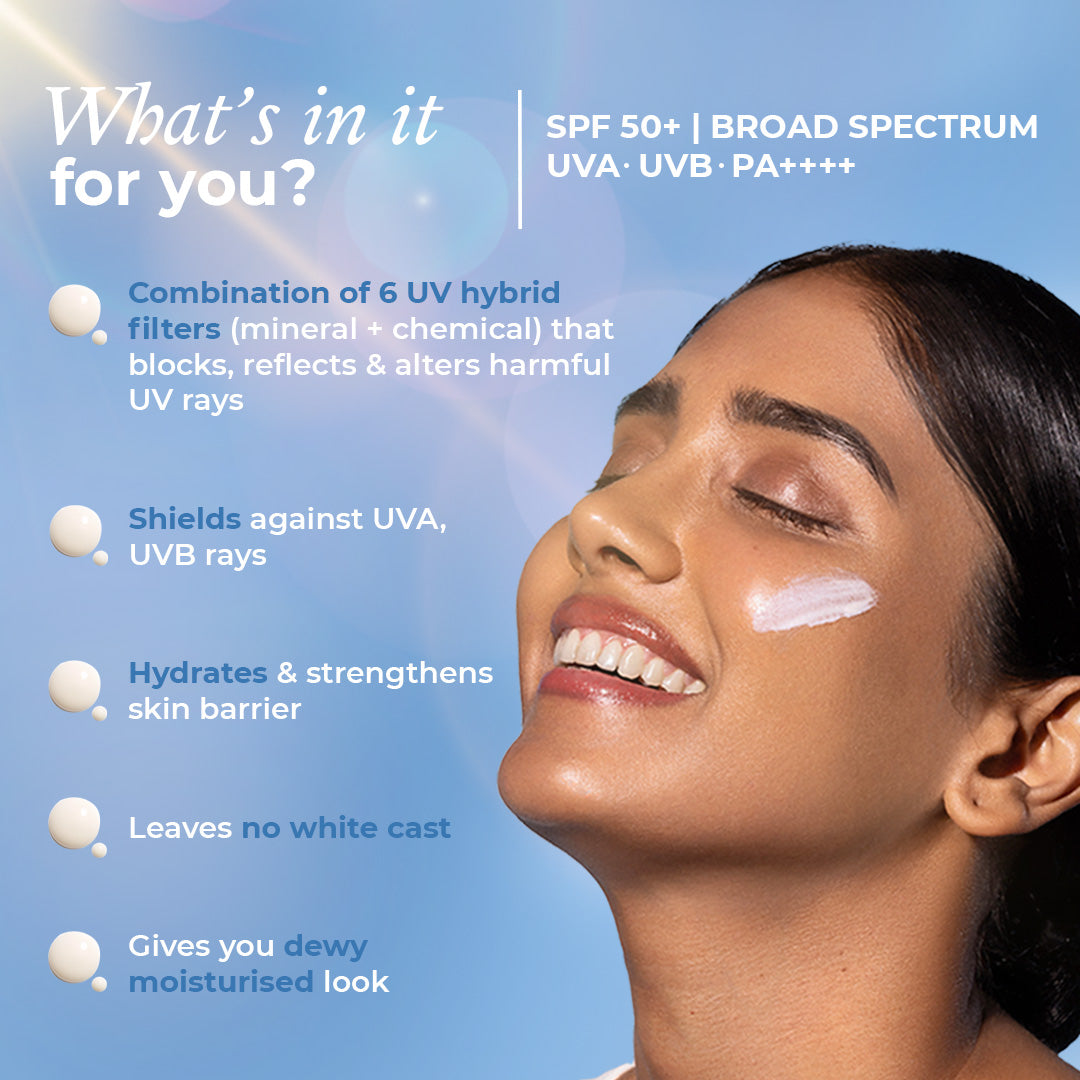
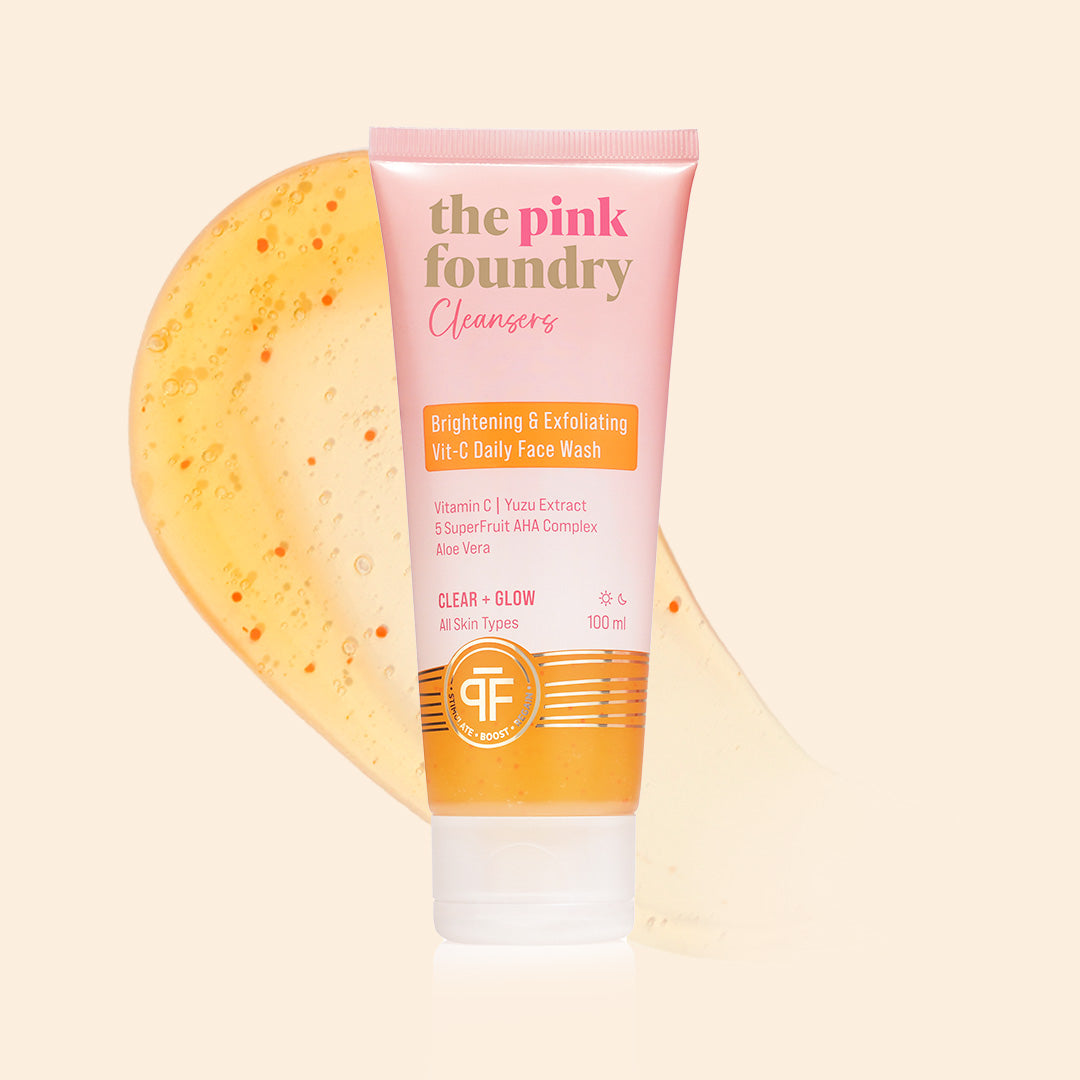
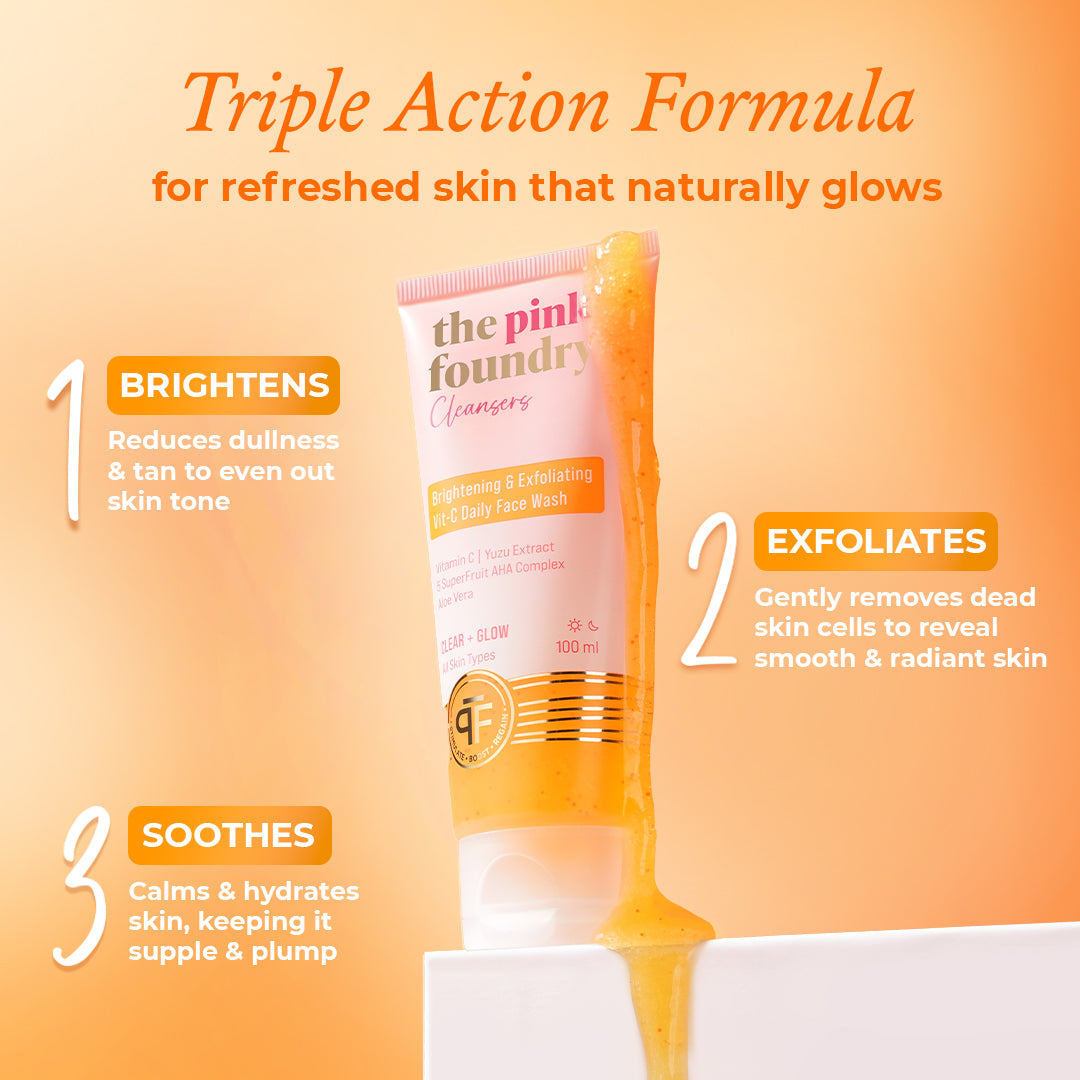
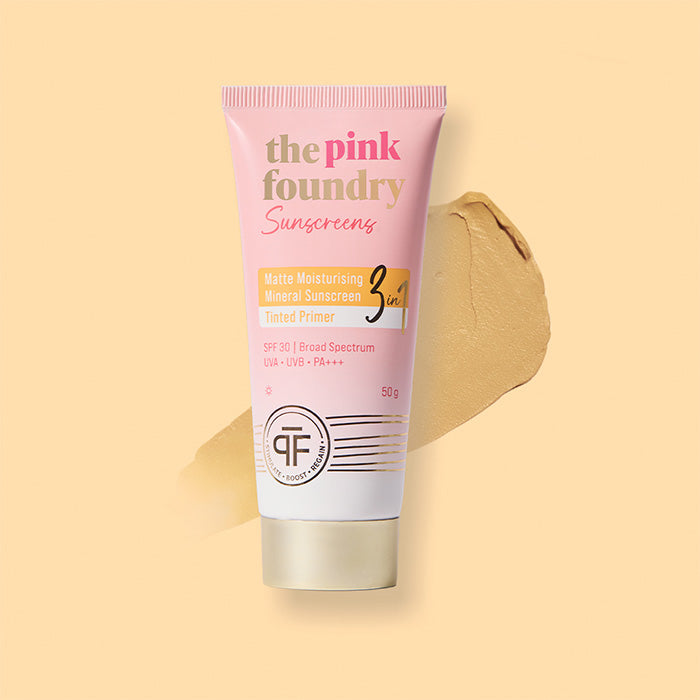
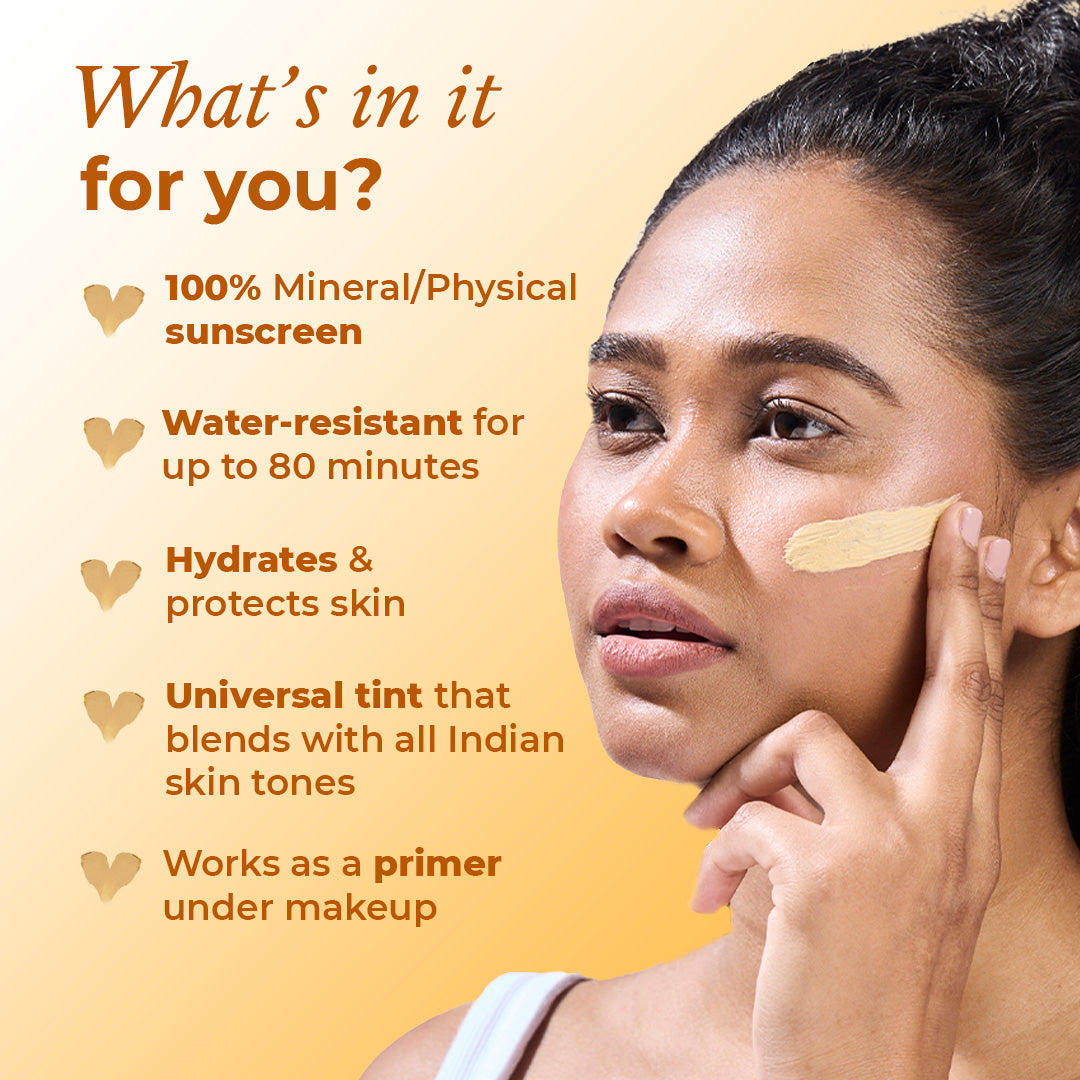
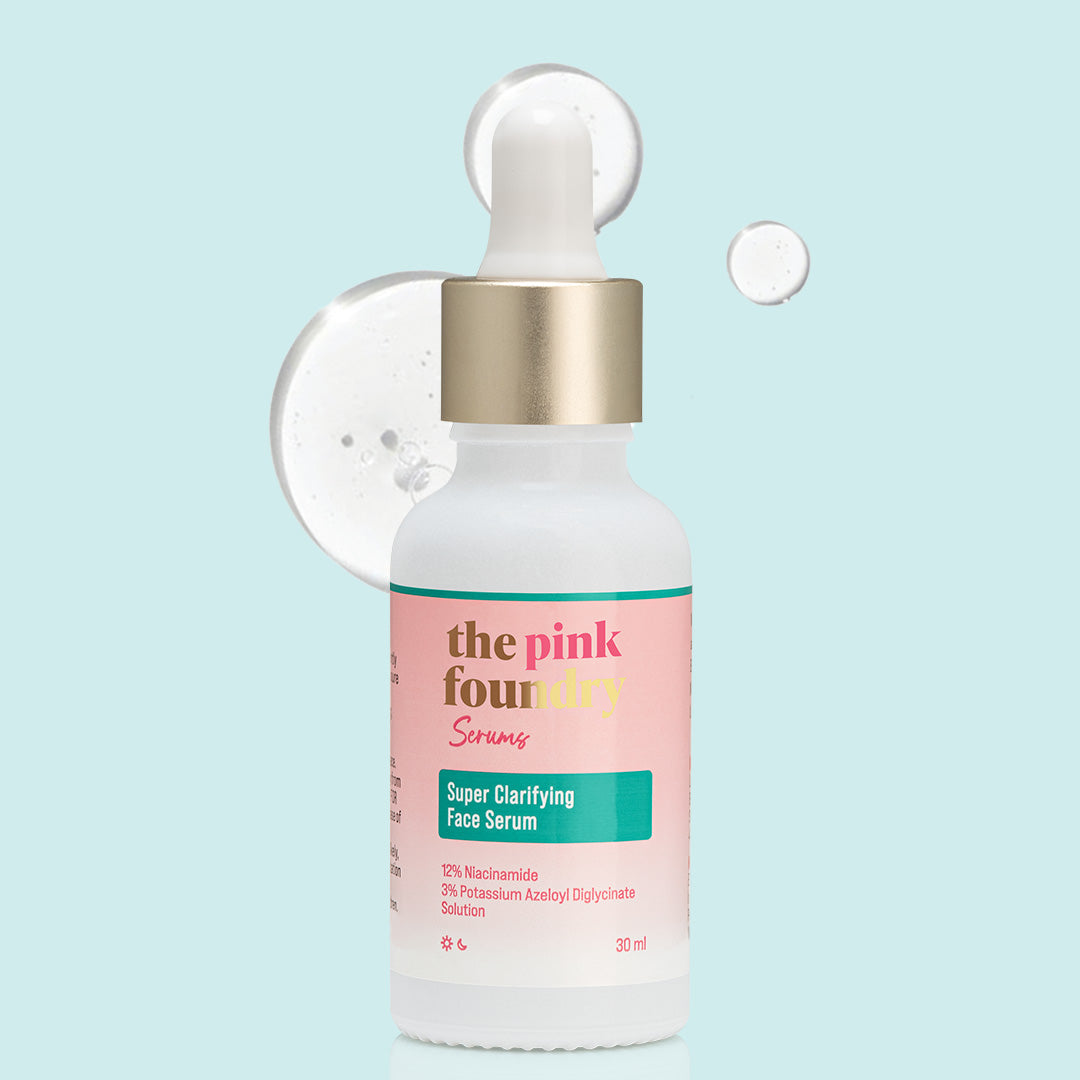
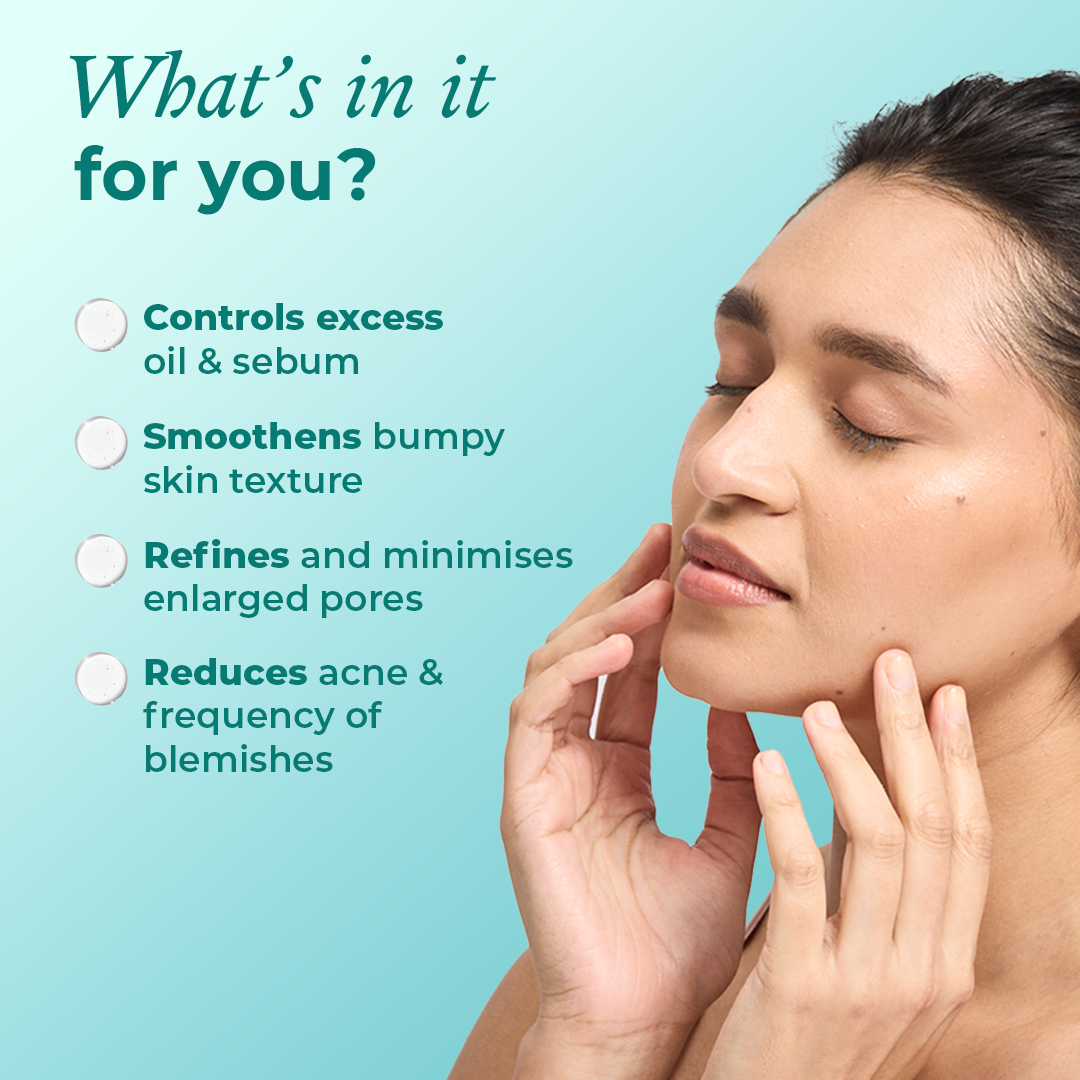

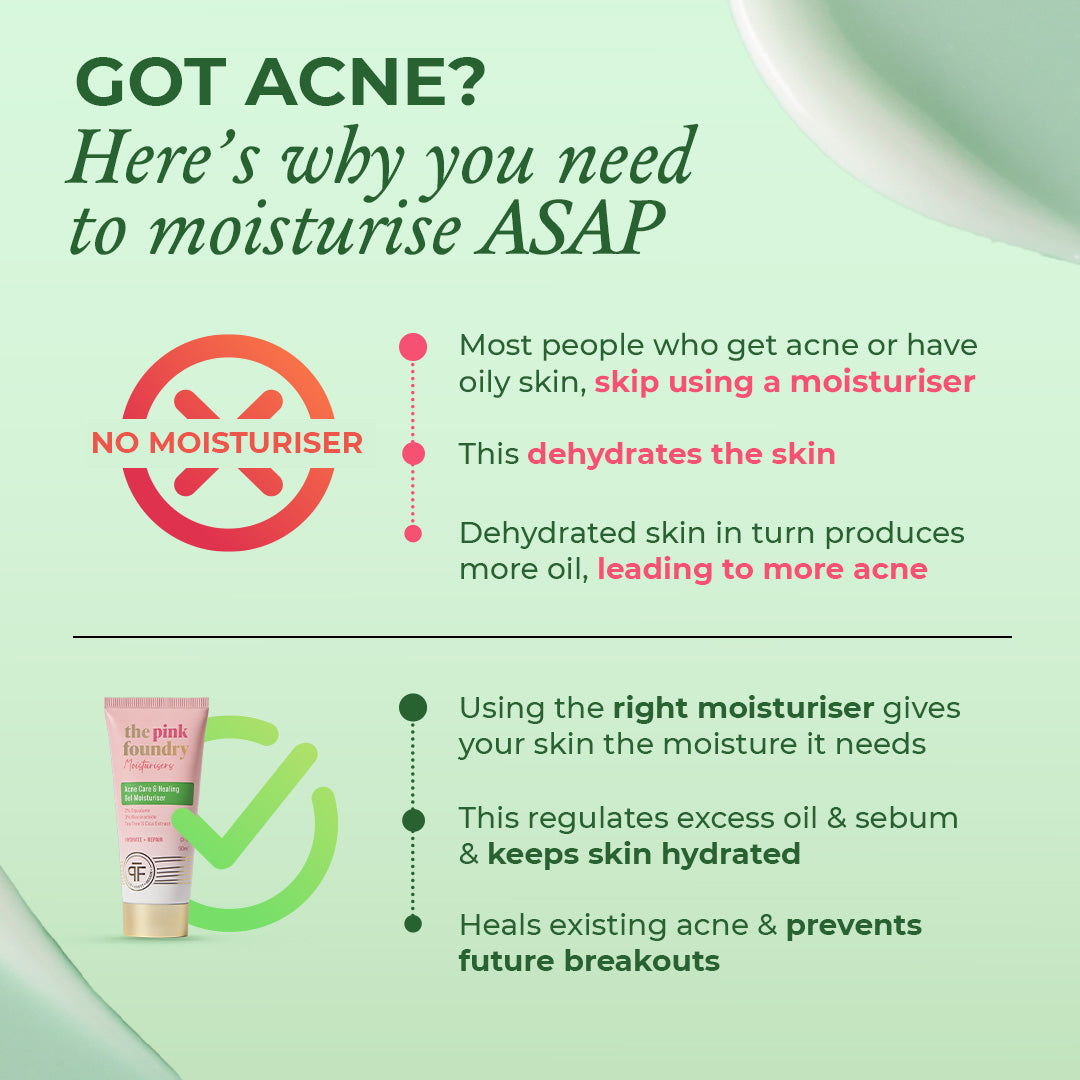
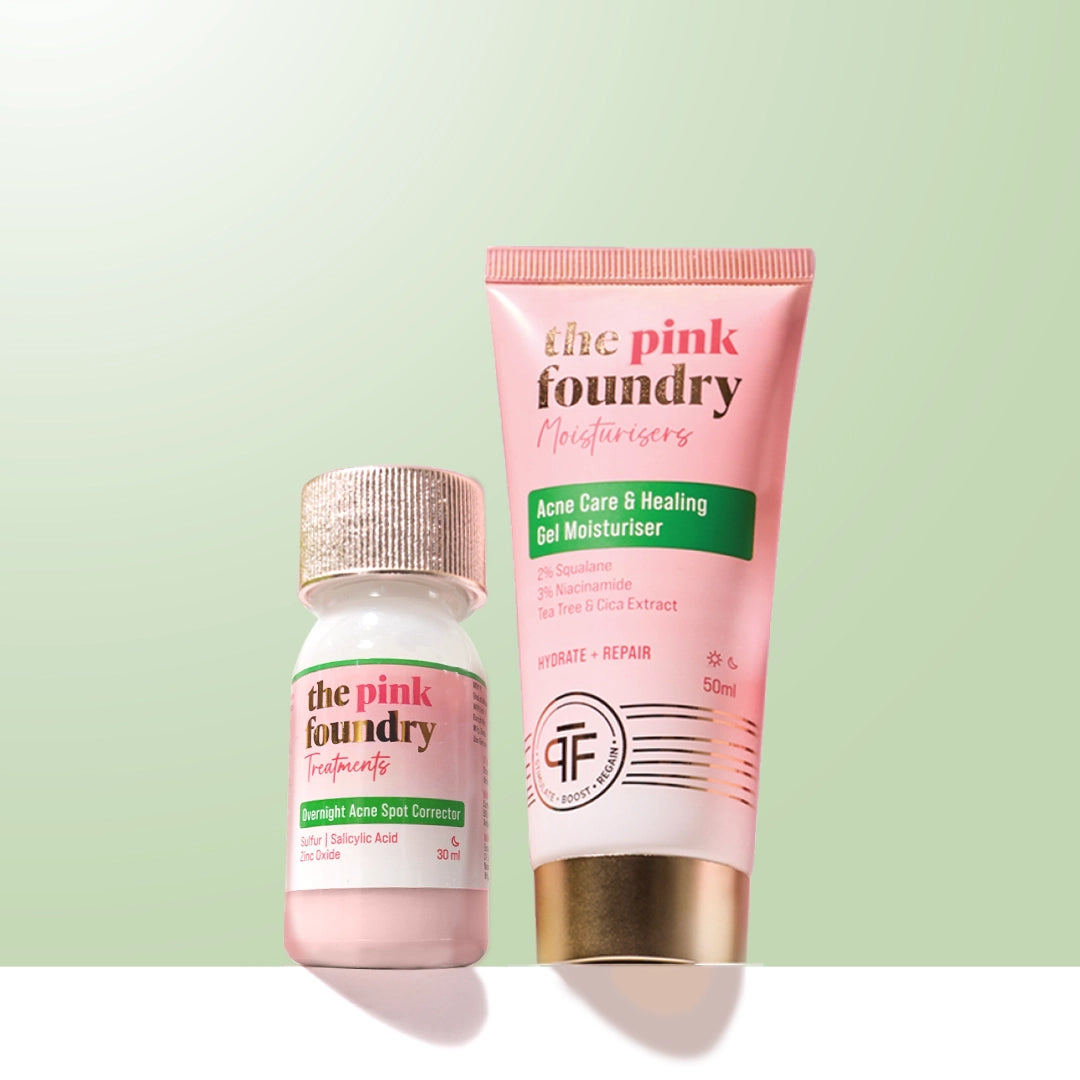
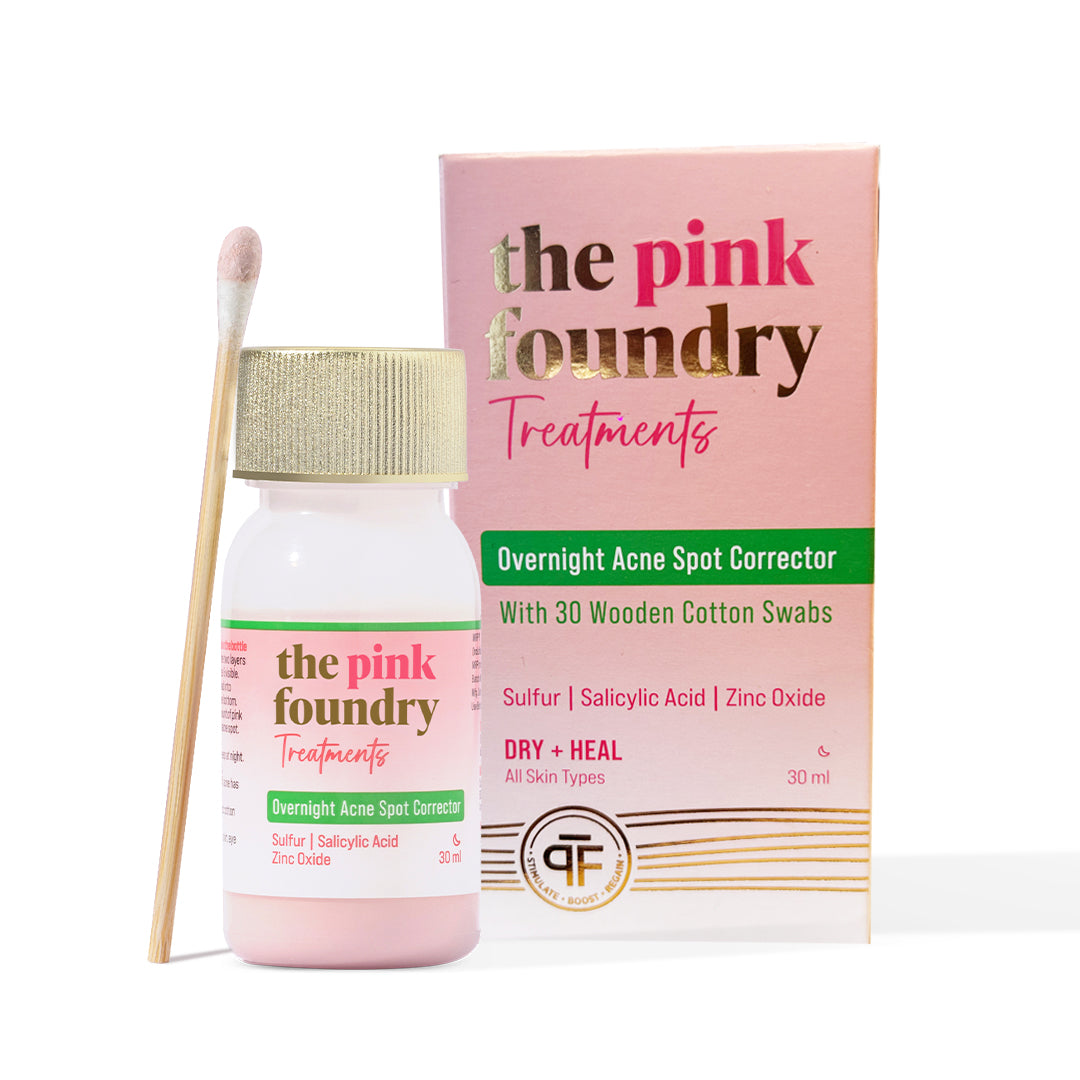
Leave a comment
This site is protected by hCaptcha and the hCaptcha Privacy Policy and Terms of Service apply.